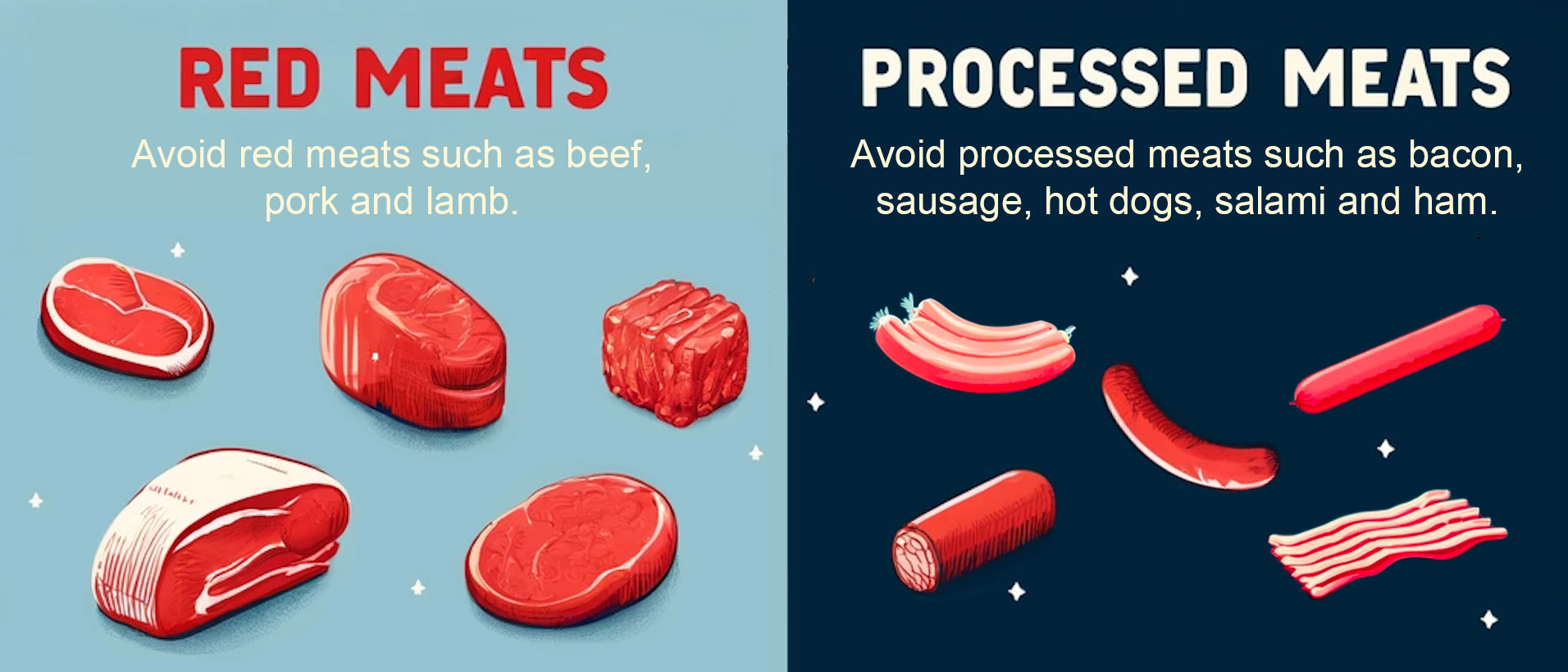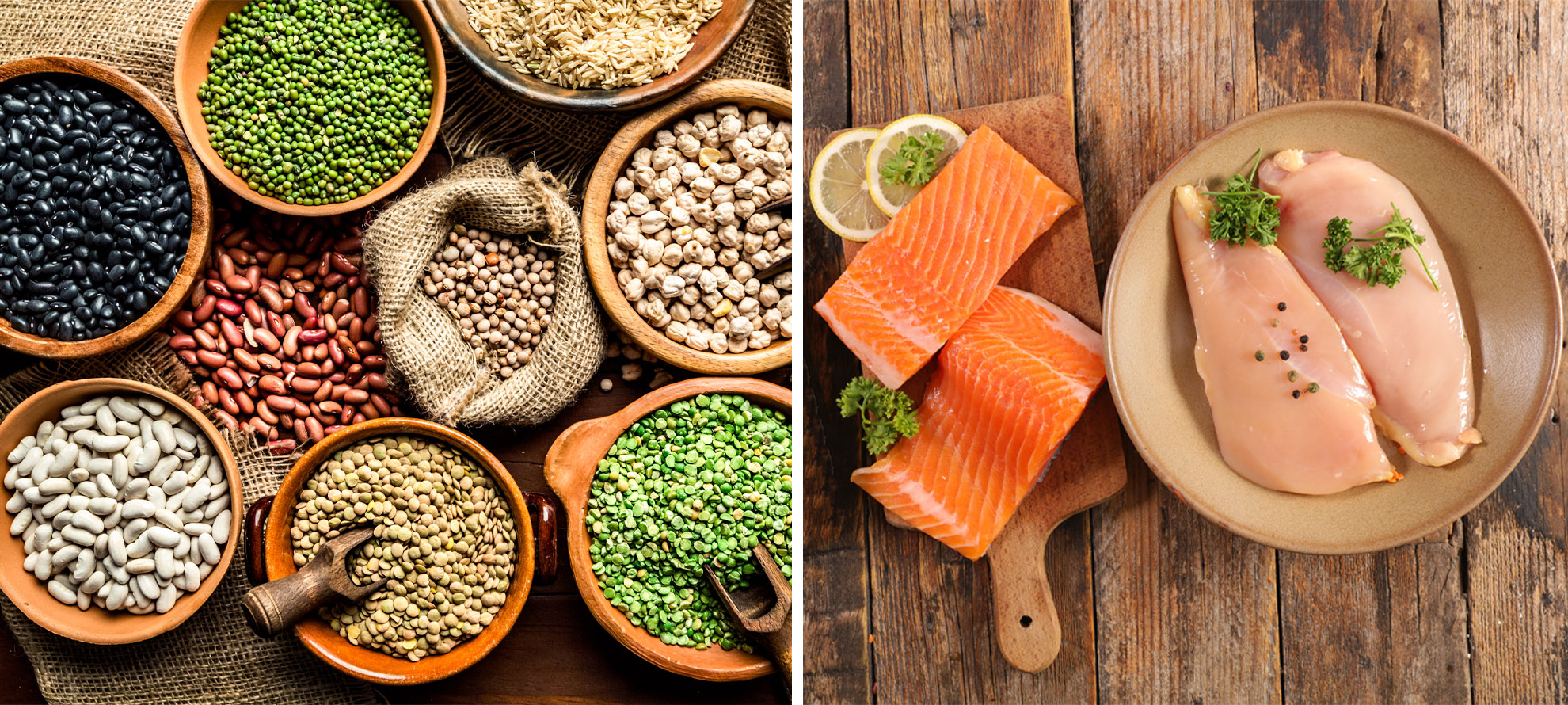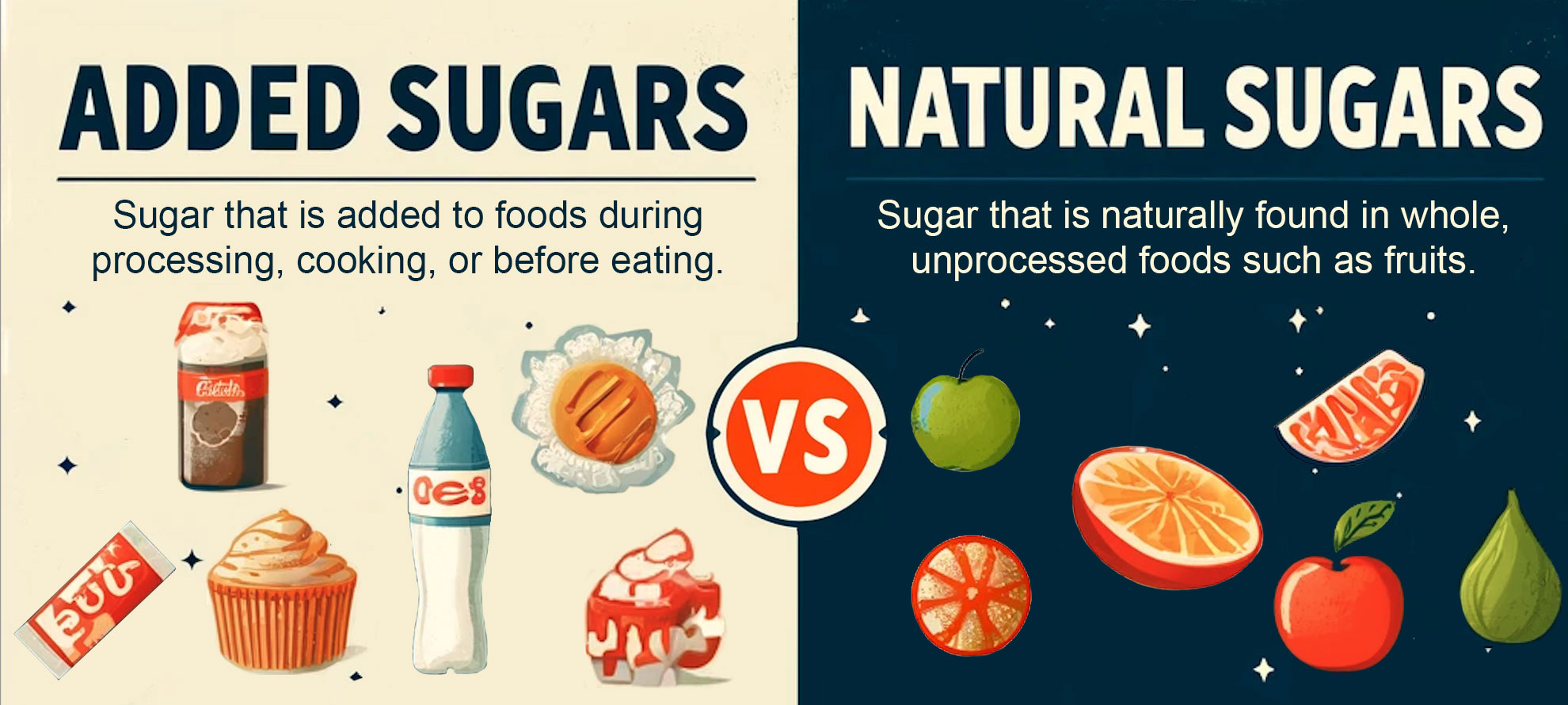Having an overall healthy eating pattern versus focusing on one or two food groups is the best way to reduce your cancer risk. The recommendations below are a guide to help you make the best choices.
An example of a healthy eating pattern plate:
Choose a Variety of Vegetables and Fruit
Aim for 3-5 servings vegetables and 2-4 servings of fruit per day. Build a colorful plate, vegetables and fruits are nutrient packed. They are rich in vitamins, minerals, antioxidants and phytochemicals food components that reduce cancer risk.
| Vegetable or Fruit Type | Serving Size |
|---|---|
| Leafy, raw vegetables (spinach, lettuce) | 1 cup |
| Non-leafy, raw chopped vegetables (carrots, broccoli) | 1/2 cup |
| Cooked or canned vegetables | 1/2 cup |
| Fresh vegetable juice | 3/4 cup |
| Whole, raw fruit (banana, apple, pear, orange) | 1 small to medium or 1/2 of a large fruit |
| Raw berries or cut up fruit (blueberries, strawberries, peaches) | 1/2 cup |
| Canned, cooked or frozen (baked apples, frozen berries, canned pineapple) | 1/2 cup |
| Dried fruit (raisins, cranberries, apricots) | 1/4 cup or 4 Tbsp |
| 100% fruit juice | 3/4 cup |
Choose Whole Grains
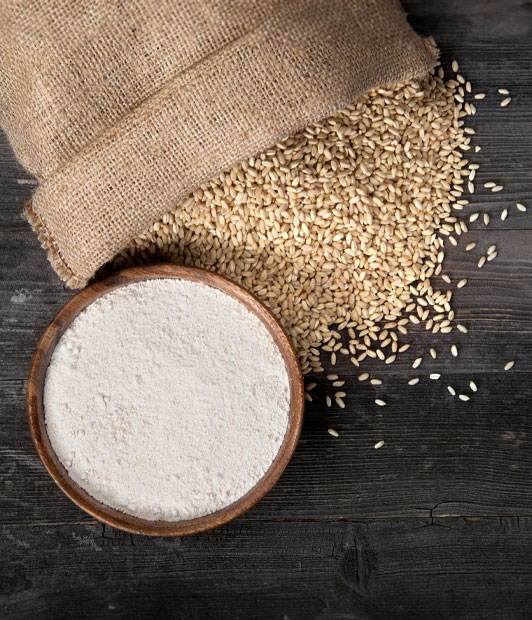
Whole grains include all of the parts of the original kernel. Whole grains have fiber and nutrients. Refined (or processed) grains do not. Whole grains are linked to a lower colorectal cancer risk.
In addition, whole grains are linked with a lower risk of being overweight or obese, which also contributes to a lowered cancer risk.
- Switch to whole wheat or whole grain breakfast cereals
- Purchase whole grain breads, bagels, and crackers
- Try new grains in place of white rice and pasta, like quinoa, bulgur, brown rice or barley.
- Substitute whole wheat flour for at least half of the plain flour when making pancakes, muffins, pizza crust, etc.
- Change wheat pasta to chickpea or other beans pasta
Avoid Red and Processed Meats
Red and processed meats are linked to higher risk of colon cancer. Red meat includes beef, lamb and pork. Processed meat is any meat that has been smoked, cured or salted, or has added preservatives like bacon, lunch meats and hot dogs.
Choose Plant and Lean Proteins
Choose plant proteins as often as possible:
- Beans
- Lentils
- Chickpeas
- Quinoa
- Soy foods
- Peanuts
Use peanut, almond and cashew butters on your toast.
Choose lean proteins such as:
- Fish, shellfish and other seafood
- Poultry like chicken and turkey
- Cheese, yogurt and eggs
Limit Added Sugars
Watch your sweets. The goal is to limit added sugar consumption to less than 6 teaspoons/day (24 grams/day). Added sugars are often used in sugar-sweetened drinks and energy-dense foods. Try the natural sweetness of whole fruits and look for the hidden sugars in packaged foods.
Naturally occurring sugars in whole fruit do not count as added sugars.
Avoid Alcohol
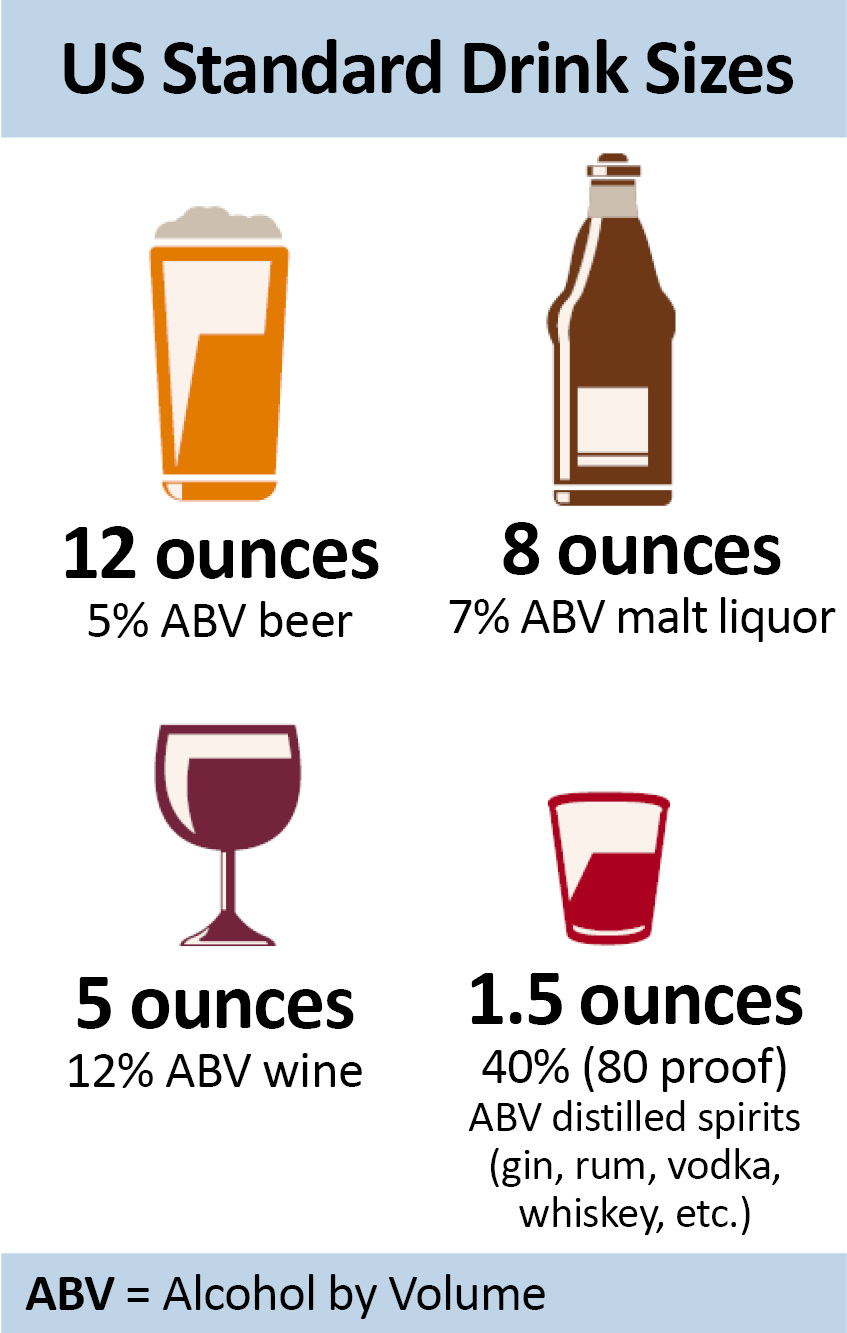
Consuming alcohol is linked to 7 different types of cancer (oral cavity, pharynx, larynx, esophagus, breast, colorectal and liver). People who do choose to drink alcohol should limit their consumption to no more than 1 drink per day for women and 2 drinks per day for men.
In summary, a healthy eating pattern includes choosing a variety of fruits and vegetables, whole grains, plant and lean proteins, avoiding red and processed meats, limiting added sugars and making informed choices about alcohol.
Your journey towards a healthier you starts with a plate full of flavor and color.
